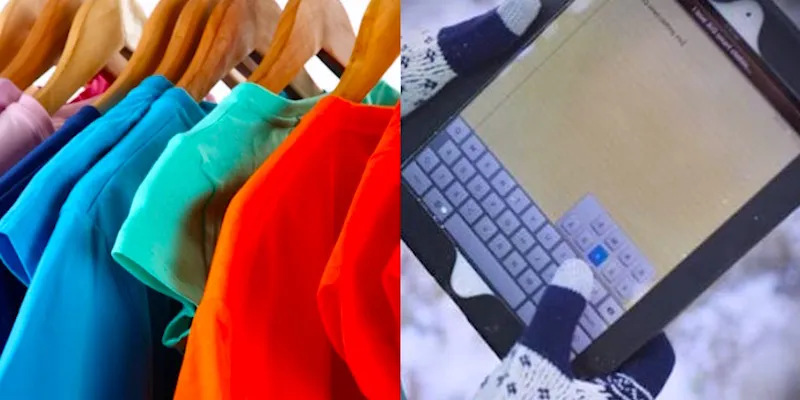Clothes that monitor fitness levels and transmit information might be the next big thing
Soon, all of us can leave our homes feeling like 007! Scientist have developed a way to embroider circuits into fabric with 0.1mm precision – perfect for integrating sensors and computer memory devices, paving the way for clothes that gather, store or transmit digital information.

The technology could lead to shirts that act as antennas for your smartphone or tablet, workout clothes that monitor your fitness level, sports equipment that monitors athletes’ performance, a bandage that tells your doctor how well the tissue beneath it is healing, or a a flexible fabric cap that senses activity in the brain.
In a report by The Times Of India, “We believe that functional textiles are an enabling technology for communications and sensing – and one day even medical applications like imaging and health monitoring,” said John Volakis, from Ohio State University. The functional textiles, also called “e-textiles,” are created in part on a typical table-top sewing machine – the kind that fabric artisans and hobbyists might have at home.
Like other modern sewing machines, it embroiders thread into fabric automatically based on a pattern loaded via a computer file. The researchers substitute the thread with fine silver metal wires that, once embroidered, feel the same as traditional thread to the touch.
“Now, for the first time, we’ve achieved the accuracy of printed metal circuit boards, so our new goal is to take advantage of the precision to incorporate receivers and other electronic components,” John said. The shape of the embroidery determines the frequency of operation of the antenna or circuit, said Asimina Kiourti from Ohio State.
The shape of one broadband antenna, for instance, consists of more than half a dozen interlocking geometric shapes, each a little bigger than a fingernail, that form an intricate circle a few inches across. Each piece of the circle transmits energy at a different frequency, so that they cover a broad spectrum of energies when working together – hence the “broadband” capability of the antenna for cellphone and internet access.
The performance suggests that the spiral would be well-suited to broadband internet and cellular communication. The study was published in the journal IEEE Antennas and Wireless Propagation Letters.
To stay updated with more positive news, please connect with us on Facebook and Twitter.







